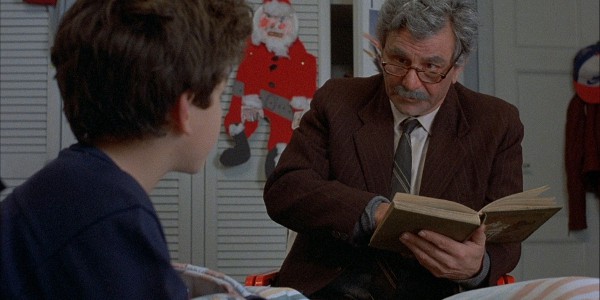
Movement as a Story
Movement is communication. It is the giving and receiving of signals, of input and outputs. When you watch someone move, whether it be dancing or jogging or getting out of a chair, the manner in which they carry themselves and amble about is both expressive and informative. Movement tells a story.
It is a narrative. It connects. The way you move is a translation of your past. As many of us have come face to face with firsthand, what you did yesterday may cost you today. That extra mile, those ten gritty minutes, that five more pounds to get that PR. Moments of feeling great turn into days of feeling shitty. Many times you wish you could take it back. The toughest never let themselves reflect enough to find regret.
Your injury history isn’t forgotten by the body. All those ankle sprains in high school are converted to adaptations. Surgery on one shoulder created issue with the other. Everything’s interrelated. Little problems become big problems. Things you never had to think about become a contest of confidence. Before you know it, the whole system takes a nose dive, and now any day without significant pain is a good day, even if you didn’t allow yourself to move. A sedentary body is often one that hurts.
A sore knee echoes that there’s been a conflict. The fact that it’s been sore for ten years says a lot about the hero. He has gotten good at withstanding suffering. She learns to move around it. It’s OK to put your pants on differently or shift around how you get in and out of the car. You’re the narrator of this tale. It will read, “and still they continued.” They chose and believed and lived by their own terms. They accepted the role of strong hobbler who persevered.
I visited a casino recently. It read like a chronicle of discontent. Broken down protagonists giving fate another chance to change their luck. Their years of struggle made them not only worthy but due a victor’s hand.
We all want to win. Most of the time, all we really want is to give ourselves the chance. But if we feel that the cards are stacked against us, and meet with disappointment consistently, I understand how someone might want to give up. When the movement journey of an individual ends, they show it. Defeat seeps out of their posture, into heavy steps that look for salvation in chairs. These are the saddest stories I read. “Man puts furniture above himself.” Makes me want to cry every time.
On the flip side, when the hurt are still hopeful and actively trying to get better, this is a tale that invigorates. The detour becomes dazzling. They start to care and investigate. They learn and experiment and become more aware. The character develops their own helpful, discerning, and worthwhile practice. There’s no rush to get to the end. Here is where you want to linger, scrutinizing the details so you can savor the moment. These are the stories that inspire me to keep reading. I’m not looking for a happy ending. I’m looking for an engaging now.
Movement, like story, encourages discovery and delivers context to what is meaningful and beautiful.
One of my favorite stories of all time is The Princess Bride. (If you have yet to see this film, please google it immediately). To further solidify the interchangeableness of movement and story, I will use its plot as a parallel to my own personal fitness journey. Perhaps you can relate.
 1. Embark on a path of empowerment.
1. Embark on a path of empowerment.
A childhood of chub made me not want to be fat anymore. I set out to thwart obesity and prove I can become the person I want to be.
2. Create a new identity.
I became an athlete. Sport provided an alternative environment that challenged me to get better everyday. I could compete and be successful on a regular basis.
 3. Hone your skills.
3. Hone your skills.
Whether it was jump shots, rugby passes, or sidesteps, I’d find a hoop or a field and develop my own drills. Organized team practice was great, but I needed to do more. This is where I learned to coach myself.
 4. Develop your strength.
4. Develop your strength.
Get strong. Ingest a lot of protein. Lift, lift, lift. I loved to work and the gym was always open. I found myself here more and more as my playing window narrowed.
5. Learn everything you can.
I became obsessed with information at this point. I was printing everything off the internet and organizing it into binders. All I wanted to do was get smarter. So I read, and took in most things presented to me as truth.
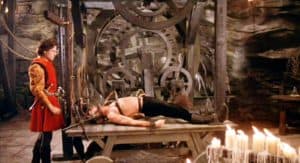
6. Endure torture and come out maimed.
ACL reconstruction and follow-up rehab. Nobody killed my father or needed to prepare themselves to die, but I wanted revenge. I wanted to bust back into the sport even better. I didn’t have the money to keep seeing specialists, so I was cut loose, a shell of my former self.
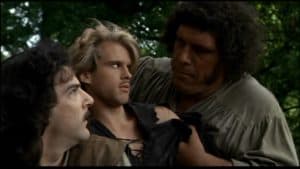 7. Become cooperative.
7. Become cooperative.
Out of the despair of no longer being able to do or be what I once was, I was forced to become someone else. I started loving my body more than rugby. Similarly, I began honoring people more than athletes (instead of the other way around). I found myself happier, and wanting to share what I learned, instead of squirreling it away as something that could disappear.
8. Bluff big and see what happens.
I started a blog about my findings. I was unsure about what I had to offer and took a risk. There was fear in letting others into my head, that they’d twist my words or make it very clear that my work wasn’t any good. The gamble proved to be infinitively rewarding. I couldn’t imagine not doing this.
A book on a shelf isn’t worth much. Neither is a body resigned to inactivity. The value of tools lies in your interaction with them. The body only does what it is continuously told to do. It is obedient and amazingly robust. If you dislike the results of your commands, you simply have tell it to do something else. Repeat it several different ways so it understands. Add new chapters. Life is a name-your-own-goddamn-adventure book. Don’t disregard your injuries, learn from them. Don’t wish you could do something and then lie inert in the frustration that you don’t know how. You reside in the most sophisticated manual ever created. Listen to it. Heed its guidance. Stop thinking there’s someone out there that’s going to fix you.
NOBODY WANTS TO BE PRINCESS BUTTERCUP. She just lulled around, lamenting on how cruel life was and all the terrible things that happened to her. Had her hero not shown up when he did, she would have killed herself. What she forgets is that she willingly let the farm hand go. She chose. And her waiting was a choice, too. Her story, on its own, sucked.
Never underestimate the power of paying attention. Noticing and thinking can compel you to do all the right things to save the day. Fezzik understood this. It was his brain, not his strength that secured a happy ending.
Your body is adept at giving proper feedback. Test it. Toy with it. Put it to good use and practice. Bravery has everything to do with trying, especially when the odds are stacked against you. The fact that you are the hero you seek makes for a very compelling story. One that both begins and ends with, “as you wish.”




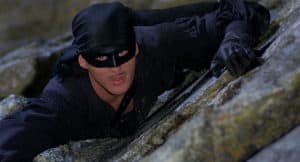

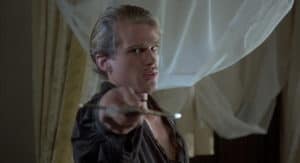
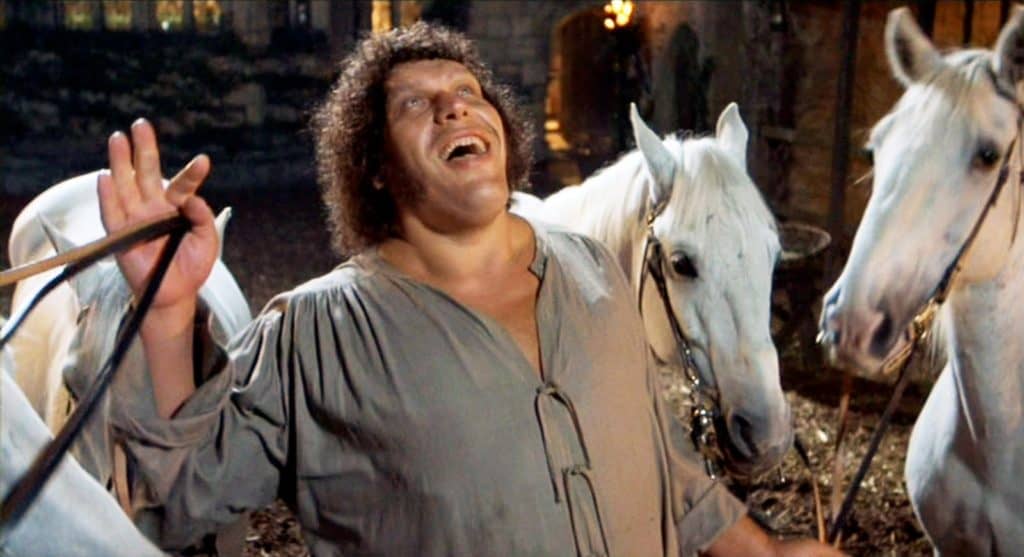
Very well written – I love it! Couldn’t help but to smile throughout reading; not only did this touch me on a personal level (how did you know *my* journey?!?), but it’s such an empowering message, and beautifully articulated.
“When the movement journey of an individual ends, they show it.” This can be tough to see, in passersby on the street, in friends and loved ones alike. Clearly you’re on your way to changing this 😉
Thanks very much for this. I never know how these mental posts hit, but I’m a big believer that changing the body starts with the head and heart.
I enjoyed your post. Thank you for writing it.
Thanks James!